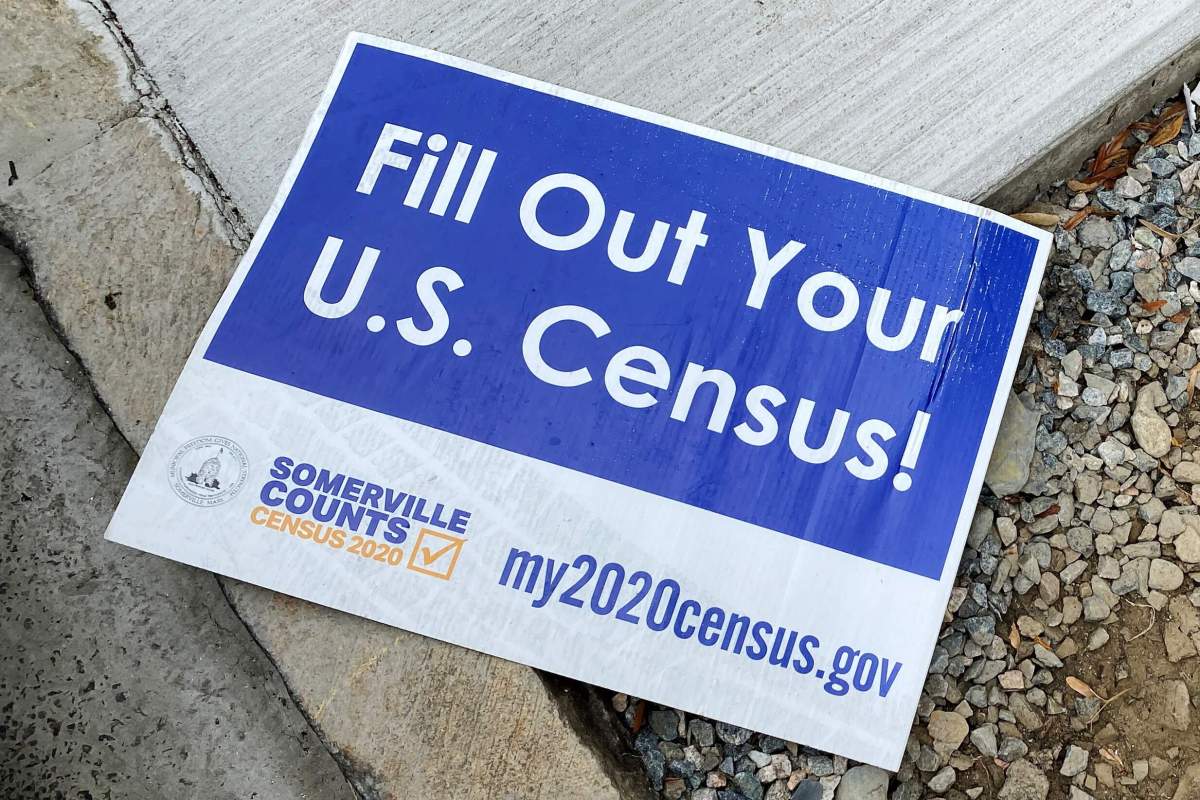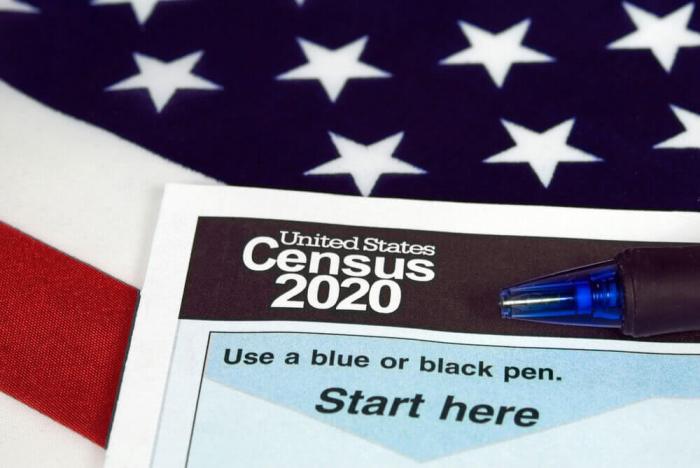Black people, Latinos and Native Americans were undercounted during the 2020 national census, new U.S. Census Bureau data showed, potentially affecting political representation and federal funding for communities with significant minority populations.
The once-a-decade national population count is used to draw both U.S. congressional and state legislative seats in each state, as well as to help distribute hundreds of billions of dollars in federal funds for everything from public housing to Medicare to highway construction.
Thursday’s report from the Census Bureau relied on statistical analyses to test the accuracy of the census results.
For decades, the census has overcounted white people while undercounting people of color, but those trends accelerated during the 2020 census, the report showed.
The census count of the Latino population was likely 5% too low, more than three times the undercount estimated for the 2010 census, the bureau said. More than 3% of Black people were not included, while Native Americans and Native Alaskans on reservations were undercounted by more than 5%, both worse than in 2010.
Non-Hispanic white people and Asians were overcounted, the bureau said.
The 2020 census faced several challenges, including the coronavirus pandemic, which forced the bureau to suspend its door-to-door operations temporarily and may have made some households more reluctant to speak to interviewers.
Demographics experts have also said an ultimately unsuccessful effort by former President Donald Trump to ask census respondents whether they were U.S. citizens may have dissuaded Latino populations from responding.
“The 2020 Census continued to undercount some race and ethnic groups while overcounting others,” Timothy Kennel, assistant division chief for statistical methods, told reporters at a virtual news conference. “Even with the limitations, the 2020 census data are fit for many uses and decision-making.”
The census results published last year showed an increasingly diverse nation, with the non-Hispanic white population declining for the first time in history.
The data released on Thursday included only national estimates. A more detailed state-level analysis is expected this summer.

















